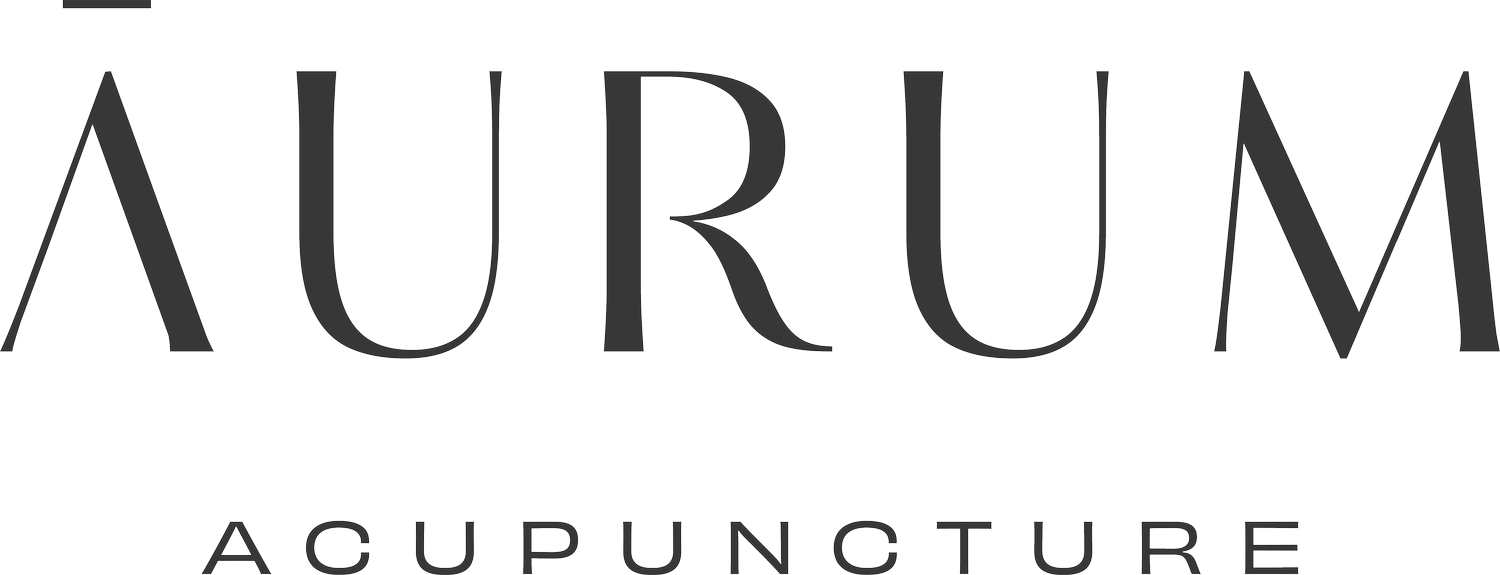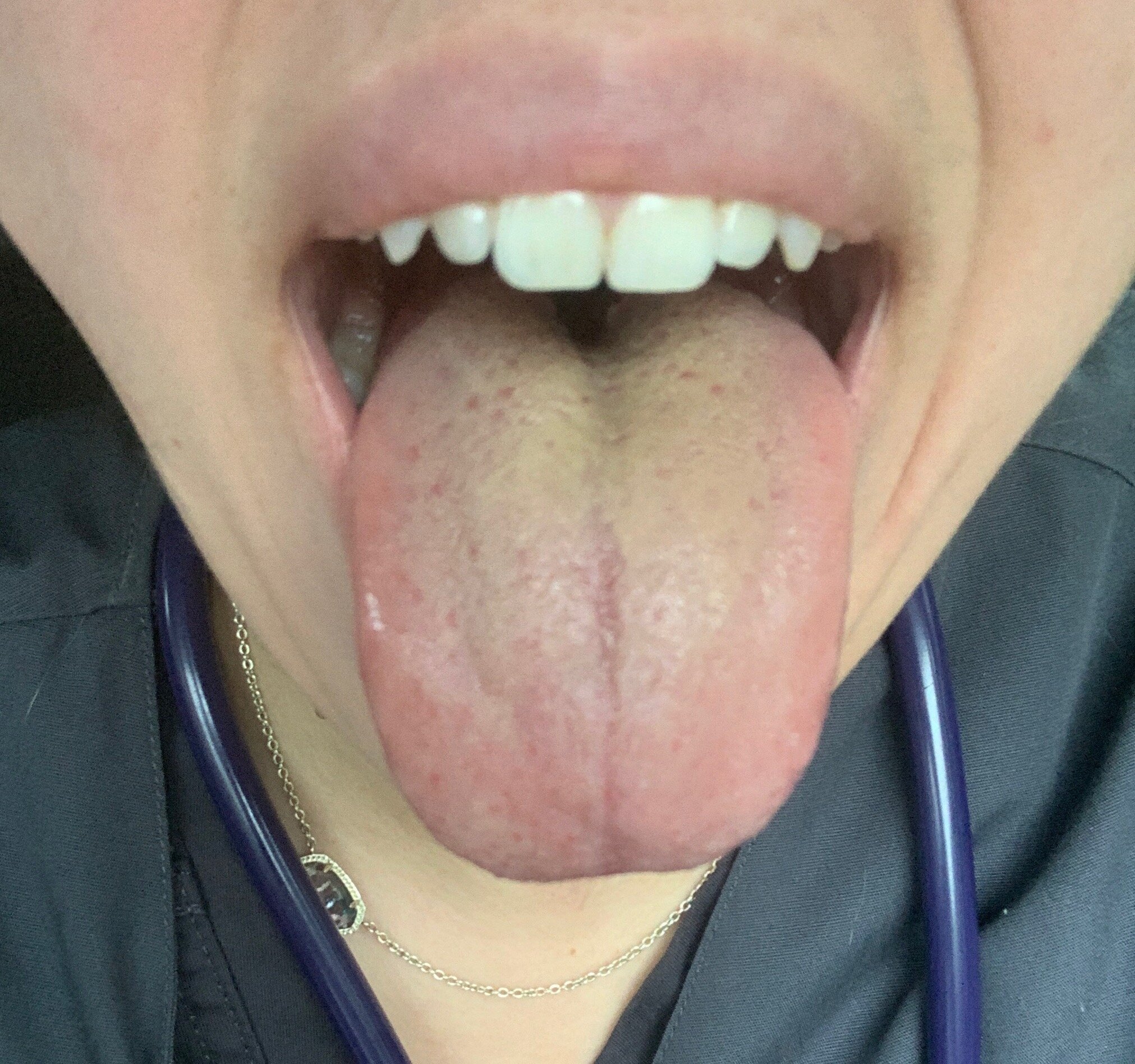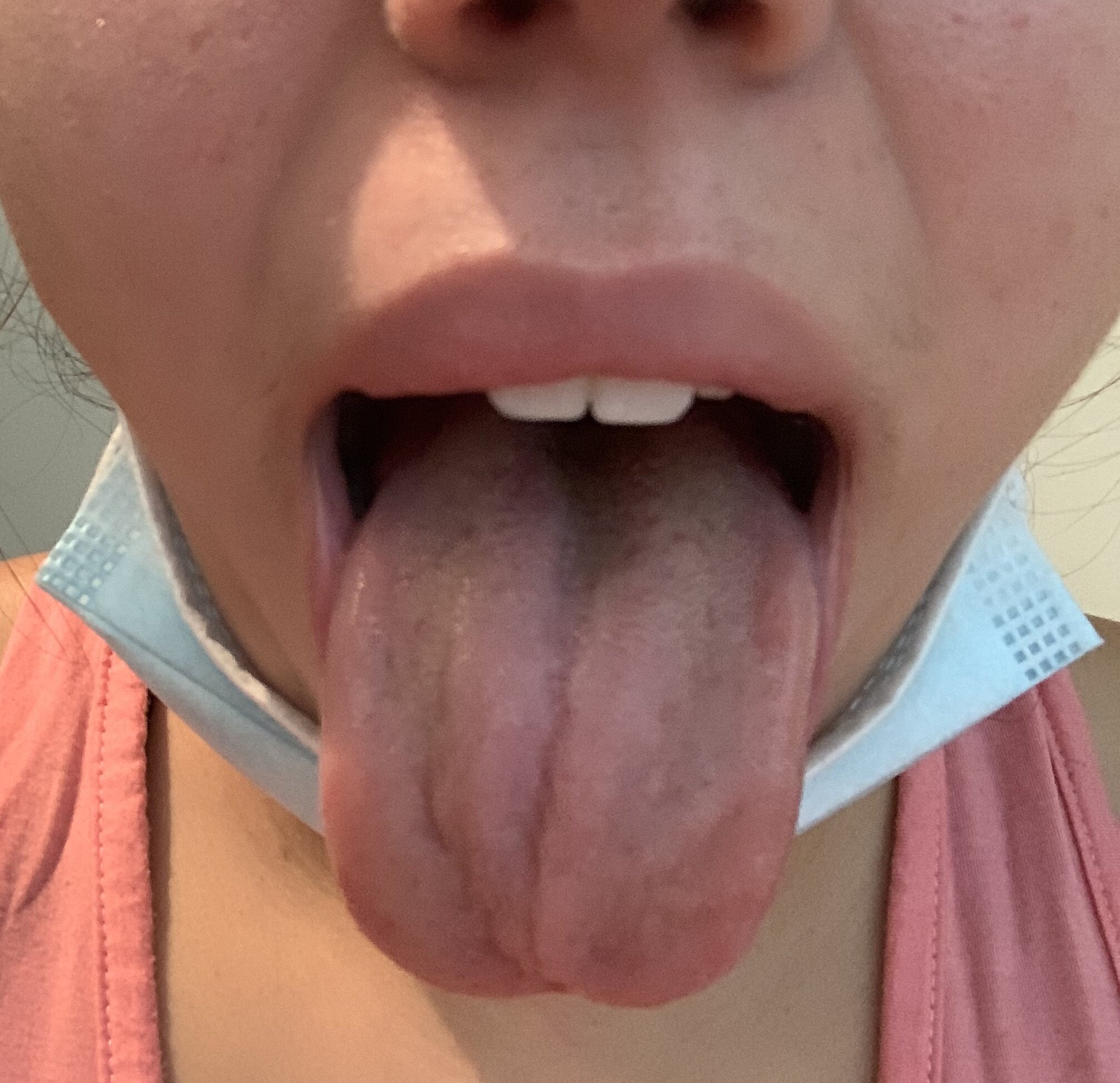Inflammation is a word that is frequently thrown around. But what is it really and how can you prevent it?
Read moreWhat is Ear Acupuncture & How Does it Work?
In the 1950s, Dr. Paul Nogier, coined as the “father of Auriculotherapy,” discovered that certain points in the ears correspond directly with specific parts of the body. The process of inserting hair thin needles into these specific points within the ear is called Auricular, or “ear,” acupuncture. Auricular is different from ‘regular,’ or body, acupuncture because it does not utilize the meridian system. Auricular utilizes points or areas within the ear to stimulate specific organs or to obtain certain results. It is similar to reflexology in that certain groups of cells gather in certain areas, like these specific points, and represent or dedicate themselves to specific parts, functions, and/or organs of the body. Therefore, “stimulation of a reflex point in the ear can relieve symptoms of distant pathology with a reliable duration,” (Gori & Firenzuoli, 2007). Signals created by ear acupuncture travel directly to the brain. The body then takes these signals as commands coming directly from the brain, thereby allowing ear acupuncture to take advantage of its own control center, the brain.
Auricular acupuncture is used for a wide variety of reasons and is effective at treating a variety of physical, mental or emotional issues. It can be used alone or as an additional modality along with a typical acupuncture treatment. When used alone, the treatment is typically for pain or substance abuse and the aim is to get quick results with minimal time and energy. The most famous protocol to be administered alone is called the NADA protocol and is used to treat anxiety, addiction and for smoking cessation. When used along with body acupuncture, ear points help strengthen the treatment. Additionally, ear seeds (small seeds or magnets) are sometimes applied at the end of a treatment to further stimulate the points and help keep the effects of the acupuncture going between sessions.
Overall, ear acupuncture (when administered properly by a licensed professional) can be as effective as body acupuncture at reducing pain, cravings, and easing anxiety. Many people enjoy the benefits as an extension of treatment, and as an added bonus many people love the way ear seeds look!
Works Cited:
Gori, L., & Firenzuoli, F. (2007). Ear Acupuncture in European Traditional Medicine. Evidence-Based Complementary and Alternative Medicine : eCAM, 4(Suppl 1), 13–16. http://doi.org/10.1093/ecam/nem106
What the Tongue Tells us About Your Health.
Everyone wants to know why we look at tongues and what we’re looking for.
Well here is a great example: 25yo F trying to conceive. She has PCOS and hypothyroid and has not had a natural period in over 10 years. From her tongue I can see that she has damp accumulation, particularly of the low jiao, there is heat accumulation as a result of the damp, some blood deficiency, and dysfunction of the digestive system which is hampering all of this.
The 2nd picture was taken about 2 months later, after a course of damp clearing, Spleen and Kidney tonifying herbs. Here we see a lot of damp has been cleared by the thinner tongue coat, the coat is no longer yellow so we can see we have cleared heat as well. The tongue is far less puffy, though we still see some puffy “rails” on the sides, so we see fluids are not accumulating as they had been. And overall color is pinker - though the lighting is different, the color has definitely changed as well.
I’m also happy to report that after 10+ years, she finally got a natural period!!
Next steps are monitoring BBT to try and track if and when she is ovulating to time conception and further Kidney Yang tonification to support a healthy pregnancy!
The Gut-Brain Connection
Chinese Medicine has long held that there is a connection between what you feel and how you feel. Western medicine research is beginning to understand the relationship between our guts and our minds called the “Gut-Brain Axis.” Our gut and brain have a steady ability to communicate via the nervous system, hormones, and the immune system. Such communication greatly affects how we feel physically as well as emotionally.
The gastrointestinal (GI) tract, has it’s very own nervous system called the enteric nervous system (ENS) which governs the movement and regulation of the digestive system. “Scientists call the enteric nervous system the “little brain”. But it’s not so little. The ENS is two thin layers of more than 100 million nerve cells lining your gastrointestinal tract from esophagus to rectum…(and what’s more) researchers are finding evidence that irritation in the gastrointestinal system may send signals to the central nervous system (CNS) that trigger mood changes.” As a result of this strong relationship, what we put into our bodies becomes vital to our physical and emotional wellbeing.
Hormonally and immunologically speaking, when we are under stress, our bodies react by releasing what are called “inflammatory cytokines.” These are little chemical messengers that bring our immune system into high alert. In a way, our body reacts to all stress as if it were an infection (and to chronic stress as if it were a chronic infection) by releasing these cytokines. How is the gut involved? It turns out that the gut flora plays an important role in regulating our immune response. “Your digestive tract is...where 80% of your immune system is located. Research is revealing links between an unhealthy gut and a wide range of medical problems, including obesity, allergies, asthma, and cancer. In fact, many researchers believe that diseases often stem from a communication breakdown between the gut and other parts of the body.” Additionally, growing evidence shows disruption of the microbiota in early infancy as a “critical determinant of disease expression in later life.” Therefore, the makeup of our gut microbiome can make the difference in whether we are sick or well.
What does this mean for you? It means that in terms of feeling well physically and emotionally, the quality of the food we consume is just as important as making time for a workout.
When in doubt, here are 8 ways to a healthier and happier “second brain”:
1. Limit or stop your consumption of:
– Processed foods
– Refined sugars
– Alcohol
– Caffeine
– Grains
– Seed oils (these are high in omega-6 oils, which are pro-inflammatory)
2. Take antibiotics only when absolutely necessary; these play a major role in killing off healthy gut flora.
3. Avoid exposure to pollutants, pesticides, and other chemicals.
4. Eat coconut milk yogurt, coconut milk kefir, sauerkraut, refrigerated pickles, and kimchi. These are probiotic foods that supply your body with good bacteria.
5. Eat prebiotic foods such as jicama, onions, garlic, asparagus, leeks, bananas, chicory root, and Jerusalem artichokes. These supply the soluble fiber that your good gut bugs love to eat.
6. Take a powerful probiotic supplement such as lactobacillus acidophilus and bifidobacterium lactis to flood your system with good bacteria.
7. Manage your stress. Activities like yoga and meditation don’t just calm your mind; they help heal your “second brain” as well.
8. Drink bone broth every day. The gelatin and anti-inflammatory nutrients in bone broth soothe and heal your gut.
References:
http://www.hopkinsmedicine.org/health/healthy_aging/healthy_body/the-brain-gut-connection
https://www.drkellyann.com/blog/gut-brain-connection-your-second-brain
https://www.ncbi.nlm.nih.gov/pmc/articles/PMC3983973/
The Beautiful Order of Things
When things feel so out of control - as they have for some time now - I often turn to Chinese Medicine (CM) to help make sense of things. CM has a rich history that relies heavily on philosophy and observation of the environment to help us understand the world around us, which in turn provides insight into our bodies on a deeper level. There’s even a proverb for this: as above, so below.
The Nei Jing, which informs all modern practitioners and has been around for over two millennia, is the seminal Chinese Medicine text. However, it is much more than a medical text, as Edward Neal, MD, MSOM states: “it is a manual on how the universe works.” So to discuss the Nei Jing is to understand it functions as a medical text by discerning patterns in the natural world and creating a language for those patterns. In doing so it seeks to help us better understand nature, the environment, and thereby ourselves. This explains why many discussions around Chinese Medicine involve environmental terms, such as “Damp”, “Wind”, “Hot”, and “Cold”. Chinese Medicine practitioners view the body as an extension of the world and its environment.
Bearing this in mind, when I turn to CM for guidance during difficult times, I see the correlation between ourselves and the world at large; just as the universe expands and contracts, we inhale and exhale. The Nei Jing infers from this: if we consider the universe as taking a breath, when breath is moving outward, is when things are coming into being or generating. When breath is moving backwards, is when things are going back to their source to be regenerated - the generation/regeneration cycle or the life cycle.
It’s interesting, then, that COVID-19 is a virus which affects the lungs primarily and affects our ability to take a full breath. That gasping for air is a signal we are in the regeneration period; the period of change and transformation. The Nei Jing demands of us to understand that you cannot have generation without regeneration. Make no mistake, nature seeks balance just as our bodies seek homeostasis and will do what is necessary to maintain that balance. What follows regeneration is a rebirth.
This, then, is an entreaty to understand this basic principle of Chinese Medicine. If we are doing too much, producing too much, using too many of our resources, nature will invoke transformation and change. If we can think of something good coming out of this, it’s that we use this moment as a point of change. So what will you do with this moment? What will I? What changes are out there waiting for us?
(This post was inspired by a talk Dr. Edward Neal, MD, MSOM did in April 2020, titled, “The Neijing Perspective on Epidemic and Pandemic Diseases and the Current COVID-19 Situation”)





